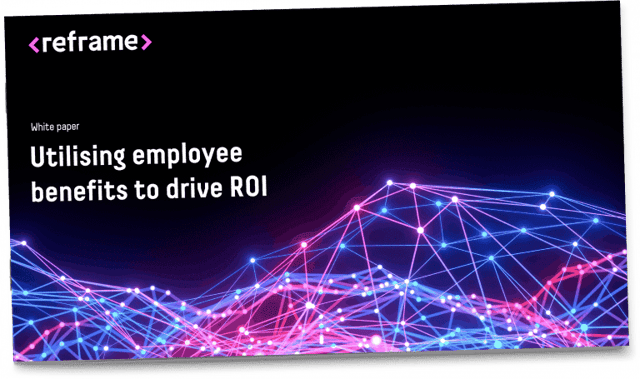During the pandemic more employers than ever before have prioritised their duty of care to employees and mitigate the physical and mental health risks they face, whether working at home or in the workplace.
During lockdown 1.0 47% of employees said they felt the need to hide conditions including stress, fatigue and diagnoses from employers. But when we asked the same question more recently, that figure had fallen to 18%.
Unsurprisingly, 49% of HR decision makers cited supporting employee health and wellbeing as the biggest business challenge shaping their employee benefits strategy in 2021.
These are positive trends, however the fact that almost 1 in 5 employees would still hide health issues is a pressing concern. Even if more employees do feel comfortable discussing health concerns with employers, does their employee benefits package provide the support they need?
Our research suggests not. Just over a quarter of employees say the benefits offered by their employer are ‘very relevant’ to their needs, while 1 in 5 say they are ‘not very’ or ‘not at all’ relevant. In addition, only 54% of employees say they are fully engaged with their benefits – which also means employers are getting a poor return on investment.
The changing requirements of employee benefits
Identifying and understanding the needs of your workforce is key to delivering an effective benefits package. Over a third of employees would engage more with their benefits if they were better aligned with their personal needs and circumstances.
Our research also reveals that employees are expressing a clear preference for a flexible benefits package, tailored to their requirements, which have dramatically changed during the pandemic.
Mental health and financial wellbeing have been more prominent on employer’s agenda. Employee benefits can be used to help employees balance their holistic needs by encompassing mental, physical, social, financial and environmental factors that will ultimately support employees’ wellbeing.
There is also greater demand for benefits that support personal wellbeing, such as life coaching, resilience training and stress management. As well as increasing interest in family-friendly benefits linked to caring, fertility and menopause.
It’s not about adding additional benefits but reviewing if your current package could be enhanced. If your offer private medical insurance for example, it is available to your entire workforce and could it include employees’ dependents?
Better outcomes for employees and employers
“The pandemic has had a massive impact on businesses, changing perceptions of how we approach healthcare in the workplace. What our research highlights is the growing disconnect between decision makers and their employees, particularly in large organisations, and it is clear that many firms are playing catch-up when it comes to supporting the needs of their workforce.”
Catherine McDermott, CEO at Reframe.
The trends identified in our research show that employee benefits must be relevant to employee needs and offered via engaging, user-friendly solutions. Only then will you increase utilisation and the perception of your benefits; and help employees return to work quicker following absence.
By recognising the changing needs of your workforce and tailoring employee benefits design accordingly, can you drive engagement and productivity; and gain the best possible return, financially, operationally and culturally, on investments in employee benefits.

